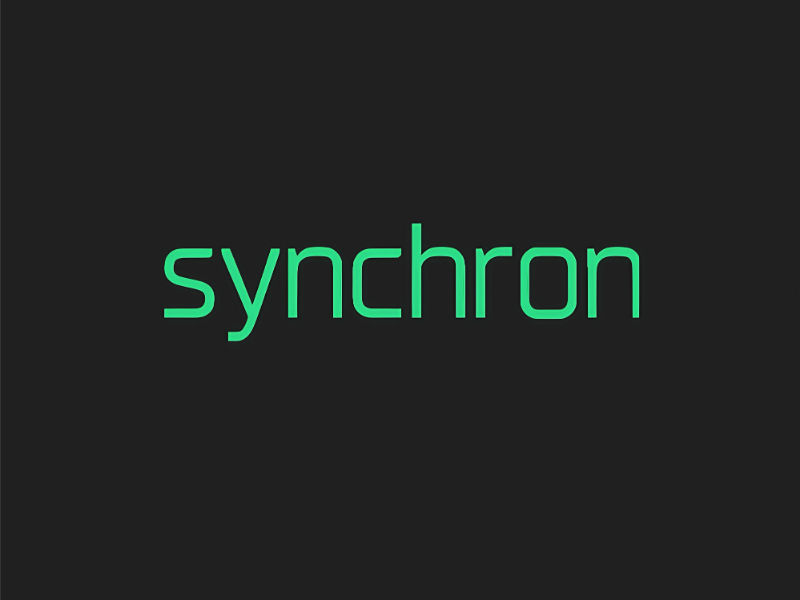- Synchron integrates OpenAI’s latest models to enhance brain-computer interface capabilities.
- New AI features help patients with tasks like writing emails and interacting with devices.
OUR TAKE
Synchron’s use of AI in its brain-computer interface marks a groundbreaking advancement in medical technology. It promises not only to improve the lives of paralysed patients but also to pave the way for future innovations that could enhance human capabilities. As we stand on the brink of this new frontier, it’s essential to balance excitement with caution, ensuring that these technologies are developed and used responsibly.
—Doris Du, BTW reporter
Brain-computer interface startup Synchron Inc. is utilising OpenAI’s latest artificial intelligence models to enhance its implants, enabling paralysed patients to communicate more effectively. This innovative blend of hardware and AI has the potential to be transformational for patients, according to Synchron’s CEO.
What happened
New York-based Synchron, a competitor to Elon Musk’s Neuralink Corp., has integrated its brain implant device, the Stentrode, with OpenAI’s GPT-4. The Stentrode, implanted via a vein in the neck, allows patients to communicate their intentions to a tablet. With the addition of GPT-4, the device can now draft responses by analysing environmental inputs such as conversations, weather, and calendar events. This makes it significantly easier for patients to write messages and perform tasks like sending emails or controlling electronic devices.
Why it’s important
This development represents a significant step towards advanced brain-computer interfaces that could one day enhance cognitive abilities in healthy individuals. For now, it offers substantial benefits to paralysed patients, enabling them to perform tasks that able-bodied people often take for granted. By integrating AI, Synchron’s technology provides a more seamless interaction with computers and other devices, improving the quality of life for its users.
Also read: SoftBank sets up AI healthcare joint venture with Tempus AI
Also read: Emerging trends: The increasing role of AI in healthcare
Personal perspective
Imagine the frustration of being unable to perform simple tasks like turning off the TV or writing an email without assistance. For many paralysed individuals, this is a daily reality. Synchron’s integration of AI into its brain-computer interface offers a glimmer of hope, transforming these seemingly mundane tasks into moments of regained independence and dignity. It’s a testament to the power of technology to profoundly impact lives, giving voice and agency back to those who have lost it.

